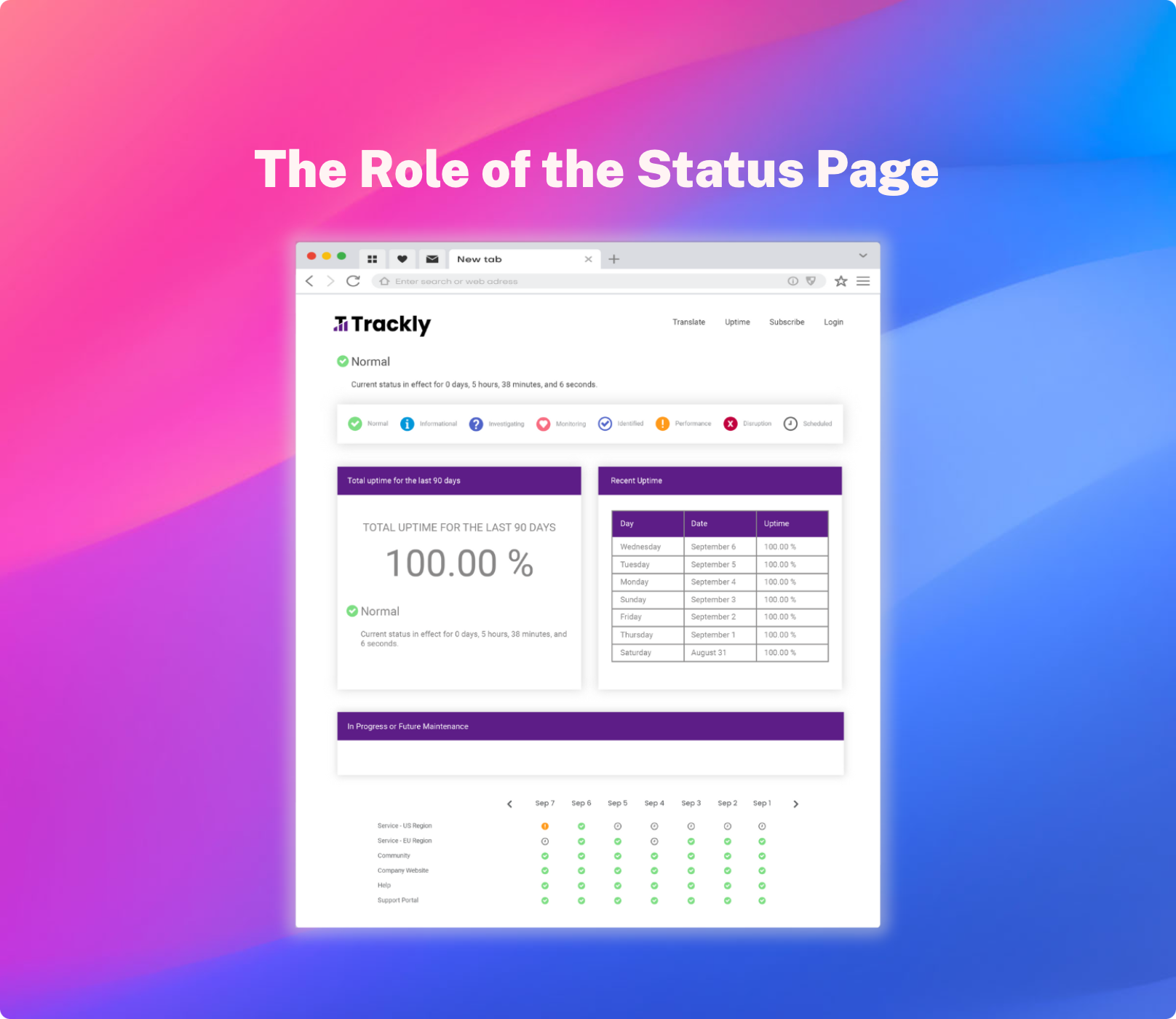When IT systems falter, the ramifications extend far beyond the IT department, rippling through the entire organization. The complex web of digital systems and dependencies that undergird core functions of modern businesses are such that an interruption in one area can lead to complications across the board. This intricate interplay between technology and business that today's enterprises are built on underscores the importance of robust ITSM solutions that can mitigate outages at every layer of the stack. Incidents can strike anywhere, and their damage radius is often more vast than most expect. Organizations incur many immediate and long term consequences that are often overlooked by their IT teams who are solely fixated on uptime. There are many second-order effects that can cause IT outages to cascade into business failures, many of which we will cover in this blog; For a comprehensive approach to mitigate these effects, check out our recent blog A New Approach To Incident Management.

Downtime Dilemma
The immediate consequence of an IT outage is a visible halt in employee productivity, as systems that facilitate daily operations become unavailable. The cost to productivity that downtime causes is more than just the hours lost; it is also the opportunity costs and delays that are inflicted on normal operations. Such disruptions can erode an IT department’s trust within a company, emphasizing the need for quick resolution and transparency to minimize long-term repercussions.
Operational Paralysis
A significant IT incident can bring critical processes and workflows to a standstill, affecting day-to-day activities and disrupting business continuity. The incident management cost associated with diagnosing and rectifying such breakdowns can be considerable, straining company resources and diverting focus from core processes that a business depends on. This operational paralysis not only affects immediate tasks but also causes a ripple effect, leading to a backlog of work that can impact business operations long after the initial outage.
Customer Fallout
The impact of IT downtime extends to the customer experience, where service interruptions can lead to frustration and uncertainty. The cost of IT incidents thus includes not only direct financial losses but also potential long-term damage to a company’s reputation. Ensuring rapid restoration of services is paramount to maintaining customer loyalty and trust.
Financial Consequences
The direct financial impact of IT outages is significant, with revenue losses from halted operations and lost business compounded by the additional resources expended during recovery efforts. This underscores the importance of preventive measures and robust incident management to mitigate financial strain on the organization.
Employee Frustration
IT outages increase stress and frustration among employees, who find themselves unable to perform their roles effectively. This situation affects morale and job satisfaction, underscoring the importance of transparent communication and rapid, efficient incident resolution.
Recovery Struggle
The recovery process itself can uncover deep-seated vulnerabilities within IT systems, necessitating not only technical repairs but also potential upgrades or complete overhauls of existing infrastructure. This phase may expose the organization to additional financial burdens, including the expense of emergency response teams, overtime pay for IT staff, and the cost of implementing new security measures to prevent future incidents. Moreover, the intricacies of data recovery efforts and the necessity to comply with regulatory standards introduce further challenges, compounding the overall cost of returning to normal operations.
Data Dangers
Downtime also poses a risk to data integrity and security, exposing the company to potential breaches and legal implications. Ensuring data protection during and after an outage is critical to safeguarding company assets and maintaining compliance with regulatory standards.
Conclusion
IT outages are more than technical glitches that can be reduced to the amount of downtime and speed to recovery; they represent a potential threat to every aspect of a company's operations. Addressing these challenges requires proactive measures, including a comprehensive incident management suite, and effective and transparent incident communication with a status page. By prioritizing these approaches, businesses can maintain continuity and thrive in the face of IT disruptions, ensuring their operations are resilient to the cascade of system failures that incidents normally represent.






